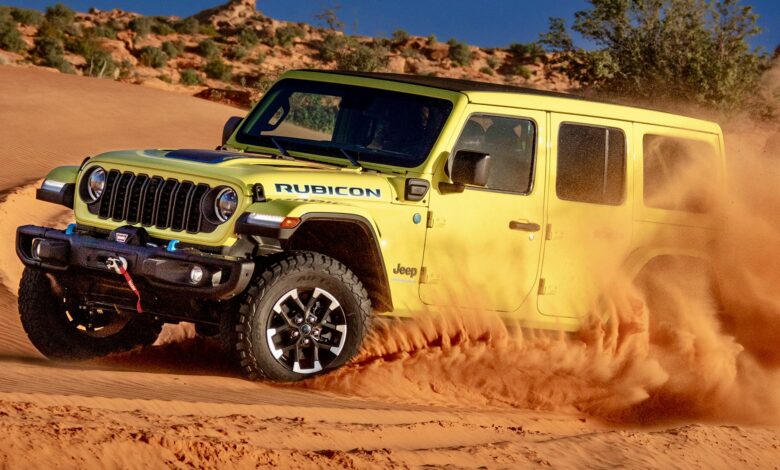
The 2024 Jeep® Wrangler Unlimited 4xe (JL) has secured its position as the “2024 Adventure Vehicle of the Year”, an accolade by the esteemed Hispanic Motor Press (HMP) Awards. This electrified marvel has clinched the top spot for its unparalleled blend of legendary capability, unmatched open-air freedom, class-leading efficiency, and many premium features and amenities, solidifying its status as the ultimate adventure vehicle available today.
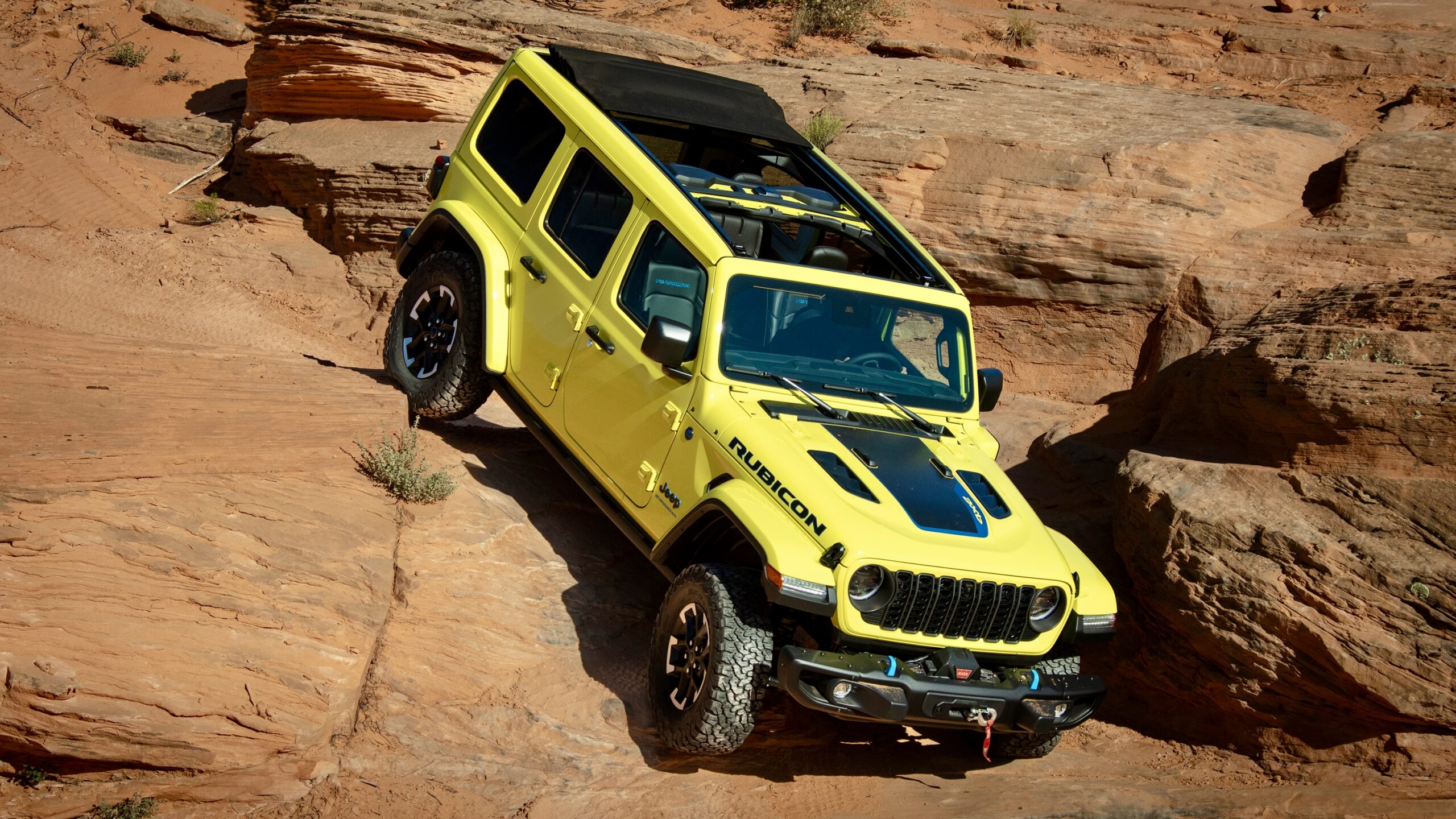
Handpicked the Wrangler Unlimited 4xe from over 100 new vehicles evaluated in 2023, the independent Hispanic automotive journalists, content creators, and industry influencers forming the 2024 HMP jury panel meticulously scrutinized vehicles based on various criteria. Their evaluation spanned the vehicle’s overall design, comfort, safety, economy, handling, performance, functionality, infotainment integration, interior design, environmental consciousness, driver satisfaction, and price.
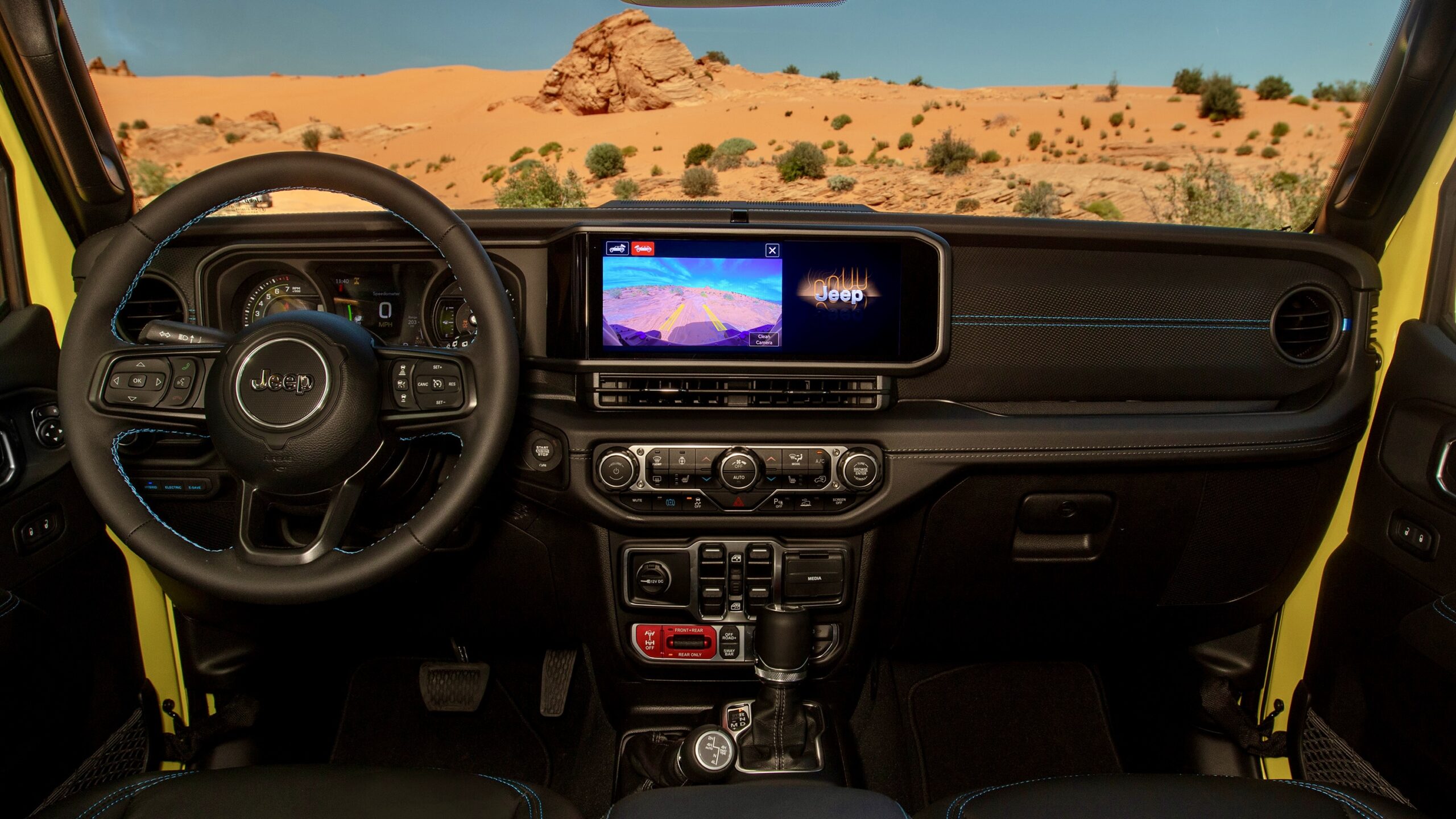
“As the 2024 Hispanic Motor Press Adventure Vehicle of the Year, the new 2024 Jeep Wrangler 4xe overwhelmingly meets the needs of the adventurous Hispanic community,” said Ricardo Rodriguez-Long, President and Founder of the Hispanic Motor Press. “A majority of Hispanic Motor Press judges agreed that this SUV sets the adventure standard, able to get you to any destination, whether that’s the beach in Santa Monica or alpine lakes in the Sierras. The 2024 Wrangler 4xe’s new 12.3-inch screen and standard side curtain air bags, as well as its signature removable doors and top and efficient 49 MPGe, make it an easy choice as the best adventure vehicle.”
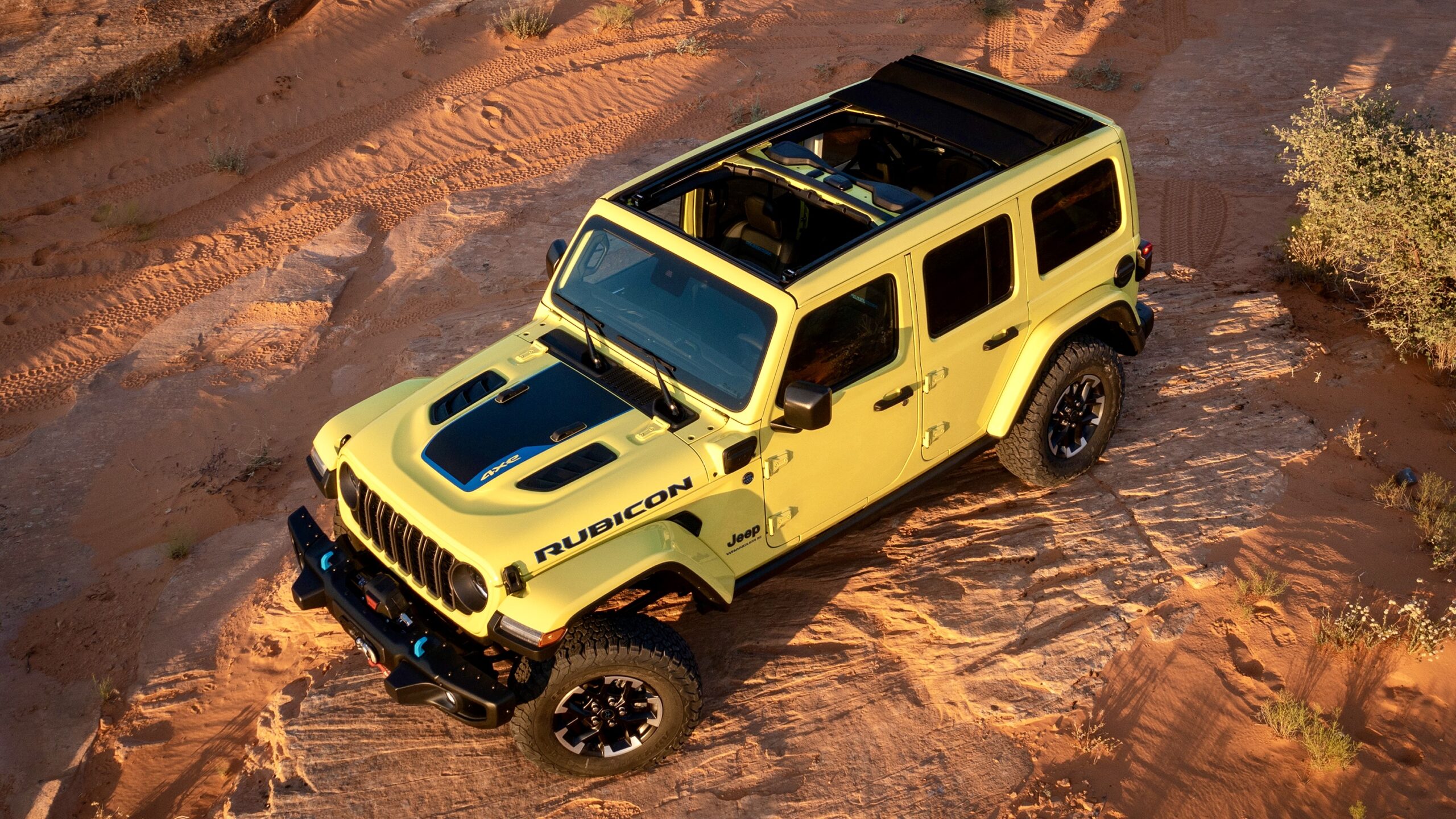
Representing the latest evolution of the world’s most off-road capable and iconic SUV, the 2024 Jeep Wrangler 4xe stands tall with enhanced capability, advanced safety features, and cutting-edge technology while remaining true to the core Wrangler essence, offering boundless freedom for exploration.

The 2024 model year introduces a host of new enhancements, including a standard full-float Dana rear axle and an optional factory-installed 8,000-pound-capacity Warn winch, complementing the award-winning PHEV powertrain. This powertrain churns out 375 horsepower and 470 pound-feet of torque, offering an impressive 21 miles of all-electric range and achieving an outstanding 49 MPGe. Within the cabin, a heightened sense of comfort and safety awaits with 12-way power-adjustable front seats, a standard 12.3-inch Uconnect 5 touchscreen radio, and the inclusion of standard side-curtain airbags in the first and second rows.

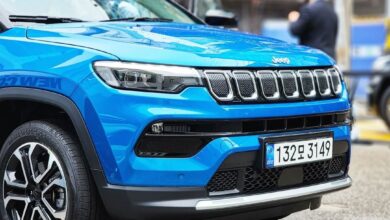
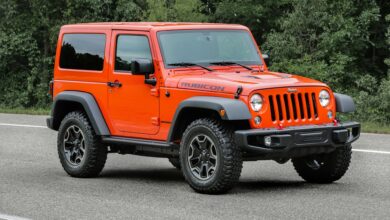

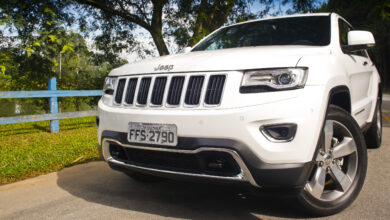
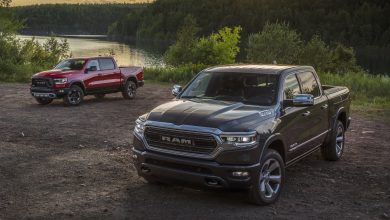
No replies yet
Loading new replies...
Join the full discussion at the Mopar Insiders Forum →